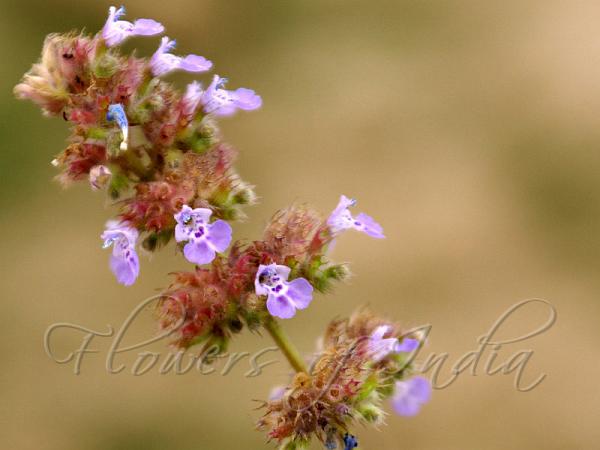|
| North Indian Catmint |
|

|

| File size | 89028 |
| Original date | 4/10/11 12:39 PM |
| Resolution | 800 x 600 |
| Flash | Flash did not fire, auto |
| Focal length | 70.0mm |
| Exposure time | 1/200s |
| Aperture | 6.3 |
| Focus Distance | |
| Metering Mode | Multi-segment |
| Camera make | SONY |
| Camera model | DSLR-A100 |
| Sensor type |
|
|
|
|
Photo: |
Botanical name: Nepeta hindostana Family: Lamiaceae (Mint family)
Synonyms: Glechoma hindostana
Synonyms: Glechoma hindostana
North Indian Catmint is an annual or short-lived perennial herb. Stems are erect
or ascending, rather slender, 30-50 cm. Leaves are broad ovate or
triangular-ovate up to about 2.5 x 2.5 cm, dentate, stalked. Stalk of the
lowermost leaves is up to 2 cm long. Inflorescence is lax, composed of
many clearly stalked cymes, at least below, or verticillasters, mostly
distant. Flower-stalks are up to 3 mm. Bracts are linear-subulate, about
as long as calyces, ciliate. Sepal cup is 3.5-4 mm, often purplish, with
spreading villous hairs, narrow tubular, throat oblique, teeth about
1/3-1/4 length of tube. Flowers are lilac to purplish, about 8 mm. Nutlets
are about 1 x 0.6 mm, oblong-ellipsoid, palish brown, depressed-
tuberculate. North Indian Catmint is endemic to India found in Punjab, Upper
Gangetic plains, Bihar, West Bengal, Madhya Pradesh, Rajasthan and Deccan
Plateau upto an altitude of 2400 m in the Himalayas.
Identification credit: Gurcharan Singh
| Photographed in Morni Hills, Haryana. |